Návrat domů srpen 1945 – část I
Whilst the war in Europe finished on 8 May 1945, it was only in August that the Czechoslovak RAF airmen were permitted to return to their homeland.
Zatímco válka v Evropě skončila 8. května 1945, československým letcům RAF, bylo teprve v srpnu umožněno vrátit se do vlasti.
The three months delay was due to a combination of factors. Primarily the Russians using delaying tactics who were intent on ensuring that the key infrastructure of liberated Czechoslovakia was under their control. This was compounded further with politics between the American’s and British who sought not to antagonise their Russian WW2 ally, while Zdeněk Fierlinger, the left-wing new Czechosloslovak Prime Minister was intent on support for his country’s Russian liberators.
Tříměsíční zpoždění bylo způsobeno kombinací několika faktorů. Především Rusové používající zdržovací taktiku, kteří měli v úmyslu zajistit, aby klíčová infrastruktura osvobozeného Československa byla pod jejich kontrolou. K tomu se přidala politika Američanů a Britů, kteří se snažili neznepřátelit si svého ruského spojence z druhé světové války, zatímco Zdeněk Fierlinger, nový levicový československý premiér, chtěl podpořit ruské osvoboditele své země.

Waiting to go home – 310 Sqn at Manston, 1945. / Čekání na cestu domů – 310 Sqn v Manstnu 1945.
Air Marshall Karel Janoušek, Commander of the Czechoslovak RAF in the UK, cared nothing for the politics just then. As far as he was concerned, he and his men could go home at last after more than six years in exile. Re-enforcing this prospect, he asked the UK Air Ministry, that the three Czechoslovak fighter squadrons – 310 Sqn, 312 Sqn and 313 Sqn – be completely re-equipped with new Spitfire IX HF(E) aircraft so that they might not have to participate in the victory parade in tired machines. This, thought the Air Ministry, was a good idea. Almost at once, however, it was pointed out that this might offend the Russians, since they had been denied these very planes at a late stage in the war, and it took another couple of weeks before a compromise was reached – one full squadron would be so refitted and the others given a thorough makeover. In the event, it was at last decided that all the squadrons should receive new machines, but over a staggered period finishing in early August 1945.
Maršál letectva Karel Janoušek, velitel československého RAF ve Velké Británii, se o politiku zrovna nestaral. Pokud šlo o něj, mohl se se svými muži po více než šesti letech exilu konečně vrátit domů. Posilujíc tuto vyhlídku, požádal britské ministerstvo letectví, aby tři československé stíhací perutě – 310 Sqn, 312 Sqn a 313 Sqn – byly kompletně přezbrojeny novými letouny Spitfire IX HF (E), aby se nemusely účastnit přehlídky vítězství v unavených strojích. To byl podle ministerstva letectví dobrý nápad. Téměř okamžitě však bylo upozorněno, že by to mohlo urazit Rusy, protože právě tyto letouny jim byly v pozdní fázi války odepřeny, a trvalo ještě několik týdnů, než bylo dosaženo kompromisu – jedna celá letka bude takto přezbrojena a ostatní dostanou důkladnou modernizaci. Nakonec bylo rozhodnuto, že všechny perutě dostanou nové stroje, ale v postupném období, které skončí počátkem srpna 1945.
The airmen of 310 Sqn, 312 Sqn and 313 Sqn had been stationed at Manston, Kent, since February 1945 and 311 Sqn re-deployed from Tain to Manston on 4 June, in preparation for their return to Czechoslovakia, after being away for six years.
Letci 310 Sqn, 312 Sqn a 313 Sqn byli od února 1945 dislokováni v Manstonu v Kentu a 311 Sqn se 4. června přesunula z Tainu do Manstonu, aby se připravila na návrat do Československa po šestileté nepřítomnosti.

F/Sgt Josef Prokopec, re-livering his Spitfire to Czechoslovak markings./ F/Sgt Josef Prokopec překresluje RAF imatrikulační označení jeho Spitfiru do Československé imatrikulace
In preparation for their return, RAF markings on the Czechoslovak squadrons Liberators and Spitfires were removed, and replaced with Czechoslovak Air Force markings. Similarly, Czechoslovak Air Force rank badges now replaced RAF badges on the airmen’s uniforms.
V rámci příprav na návrat bylo označení RAF na československých perutích Literátorů a Spitfirů odstraněno a nahrazeno označením československého letectva. Stejně tak hodnostní odznaky československého letectva nyní nahradily odznaky RAF na uniformách letců.
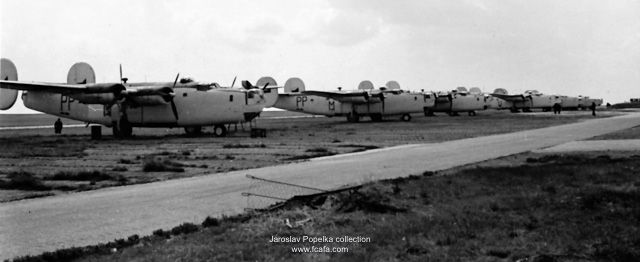
Waiting to go home – 311 Sqn Liberators, in Czechoslovak livery, at Manston, 1945./ Čekání na cestu domů – 311 Sqn Liberátory, v Československé sekci Manston 1945.
A farewell parade for the Czechoslovak airmen was held at Manston on 3 August 1945 with Air Marshall Sir John C. Slessor, K.C.B.,D.S.O.,M.C. inspecting them.
Dne 3. srpna 1945 se v Manstonu konala rozlučková přehlídka československých letců, které se účastnil Air Marshall Sir John C. Slessor, K.C.B.,D.S.O.,M.C..
Finally in August, some three months after the war in Europe had finished, the Czechoslovak RAF squadrons were finally given permission by the Russian ‘liberators of Czechoslovakia’ to return to their homeland.
Konečně v srpnu, asi tři měsíce po skončení války v Evropě, dostaly československé perutě RAF od ruských “osvoboditelů Československa” konečně povolení k návratu do vlasti.
The 54 Spitfires, left Manston on 7 August to fly back in stages, to Prague. After a flight of two hours and 25 minutes they landed at Hildesheim, Germany to refuel before continuing their flight home. But then it started to rain and became foggy preventing any further flying. After a week’s delay there, they were able to continue their flight via Plzeň to Prague, where they flew low over the city in close formation two flypasts before landing at Ruzyně airport, Prague, on 13 August around 5pm.
Dne 7. srpna opustilo 54 Spitfirů Manston, aby se postupně vrátily do Prahy. Po dvou hodinách a 25 minutách letu přistály v německém Hildesheimu, aby doplnily palivo a pokračovaly v letu domů. Pak ale začalo pršet a objevila se mlha, která znemožnila další let. Po týdenním zpoždění tam, mohli pokračovat v letu přes Plzeň do Prahy, kde prolétli nízko nad městem v těsné formaci dva průlety, než 13. srpna kolem 17. hodiny přistáli na ruzyňském letišti v Praze.
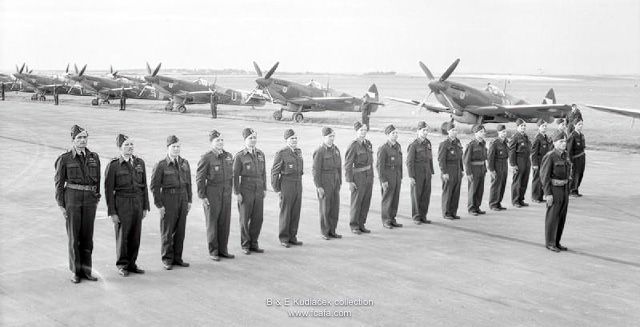
Ruzyně 13 August 1945 – Home at last! / Ruzyně 13. srpna 1945, Poslední doma!
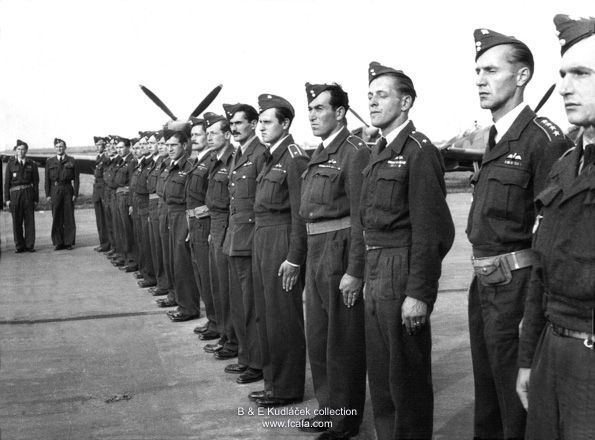
Some of the 54 Czechoslovak Spitfire pilots on their return to Ruzyne. / Několik z 54 Spitfirů na kterých se piloti vrátili.
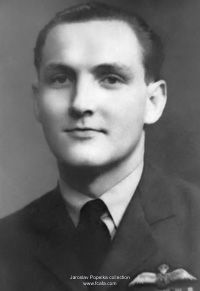
S/Ldr Jiří Hartman, 310 Sqn pilot, who led the formation of returning Spitfires, recalls “It was the flight which we were looking forward to for the whole of the war; [that we] did not really believe [would] ever come, and — there it was. As we appeared within a short distance of Prague, and we saw the River Vltava, as it is going zigzag through the town, I am sure that we all had our hearts in our mouths and still did not believe that we were at home. But we were, we landed, the parents of most of us who were still alive were waiting there, and the best day of my life arrived,” Hartman said.
S/Ldr Jiří Hartman, pilot 310 Sqn, který vedl formaci vracejících se Spitfirů, vzpomíná: “Byl to let, na který jsme se těšili celou válku; kterému jsme opravdu nevěřili, že někdy přijde, a – byl tu. Když jsme se objevili v malé vzdálenosti od Prahy a viděli jsme Vltavu, jak se klikatí městem, jsem si jist, že jsme všichni měli srdce v krku a stále jsme nevěřili, že jsme doma. Ale byli jsme, přistáli jsme, čekali tam rodiče většiny z nás, kteří ještě žili, a nastal nejlepší den mého života,” řekl Hartman.
Hartman recalled that they could have been home months earlier, were it not for a refusal from the Soviets. “When Americans liberated Plzeň, the Czech headquarters thought it would be a good idea if we could immediately fly to the airfield in Plzeň and lend some support to the uprising in Prague. Everything was arranged, transport planes with the ground crew were under way, and we were supposed to start in the morning. But at about four o’clock in the morning I was told that, because of Russian objections, the whole thing was canceled. So, we had to wait another three months before we eventually were allowed to return home.”
Hartman vzpomíná, že mohli být doma o několik měsíců dříve, nebýt odmítnutí ze strany Sovětů. “Když Američané osvobodili Plzeň, české velitelství si myslelo, že by bylo dobré, kdybychom okamžitě přiletěli na plzeňské letiště a poskytli nějakou podporu povstání v Praze. Vše bylo domluveno, dopravní letadla s pozemním personálem byla na cestě a ráno jsme měli odstartovat. Ale asi ve čtyři hodiny ráno mi bylo sděleno, že kvůli ruským námitkám se celá akce ruší. Takže jsme museli čekat další tři měsíce, než nám nakonec bylo dovoleno vrátit se domů.”
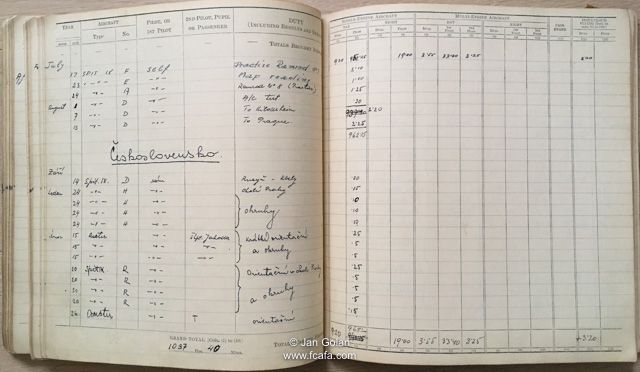
S/Ldr Jiří Hartman entry in his log book for this return flight. / S/Ldr Jiří Hartman – záznam v deníku letů o zpátečním letu domů.
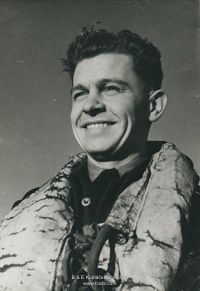
“Thousands of people came to welcome us,” recalled another of the returnees, 312 Sqn pilot F/O Miroslav Liškutín, “It was amazing, fantastic. It was an unforgettable experience for all of us.”
“Přišly nás přivítat tisíce lidí,” vzpomíná další z navrátilců, pilot 312 Sqn F/O Miroslav Liškutín, “bylo to úžasné, fantastické. Pro nás všechny to byl nezapomenutelný zážitek.”
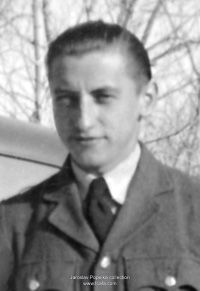
Sgt Bohuslav Velvarský, one of the pilots of 313 Sqn, described emotionally: “Our oxygen masks were full of tears,”
Sgt Bohuslav Velvarský, jeden z pilotů 313 Sqn, emotivně popsal: “Naše kyslíkové masky byly plné slz.”
“We lined up and in a settled formation our Spitfires flew low over Václavské náměstí and Hradčany. We were then fully deployed to start landing at Ruzyně Airport,” he recalled.
Seřadili jsme se a v ustálené formaci letěly naše Spitfiry nízko nad Václavským náměstím a Pražským hradem. Pak jsme byli navedeni, abychom začali přistávat na ruzyňském letišti,” vzpomínal.
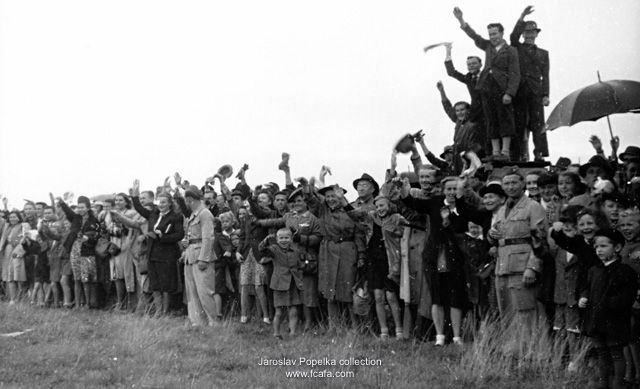
Ruzyně 13 August 1945 – Welcome Home! / Ruzyně 13. srpna 1945 – Vítejte doma!







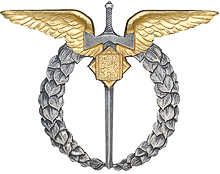


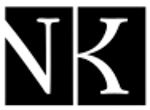

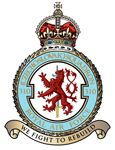
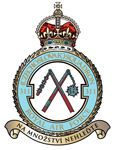
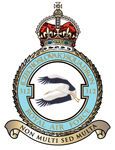
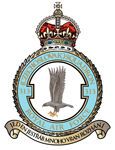


Thank you so much for sharing this wonderful Information I was not born until 1950 and had no idea of what these brave brilliant men went though. Unfortunately my father was only known to me for a short time as they divorced in 1953 so no contact but heartwarming to know he got back to Prague and then returned to the UK this is a wonderful site where information can be found. Thank you once again..